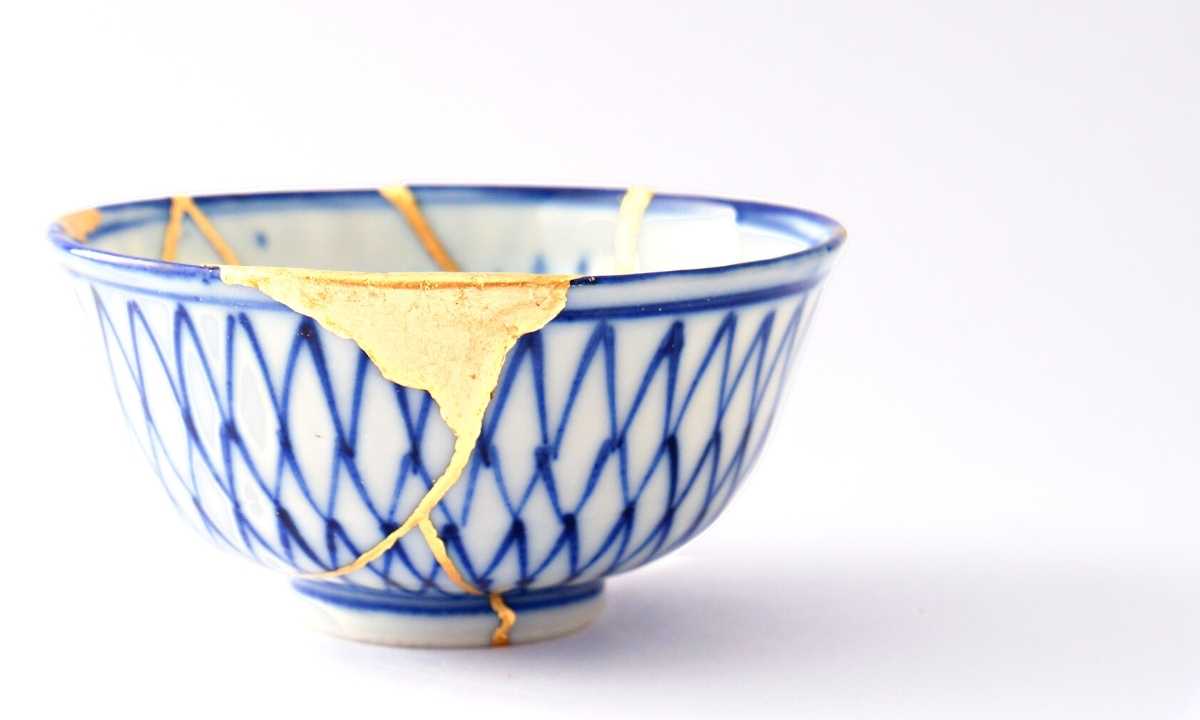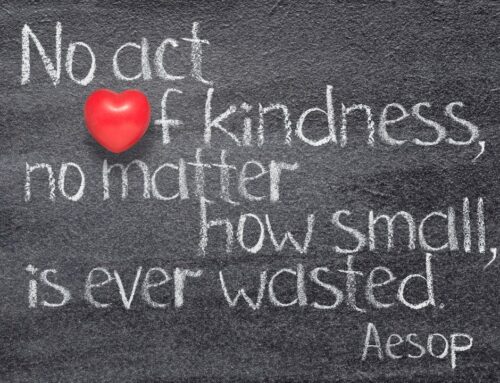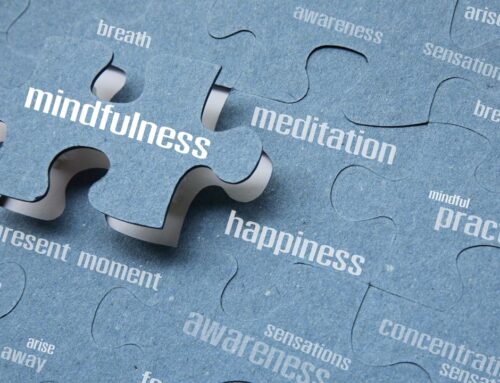Interpreting self-care rituals from around the world through the lens of mindful self-compassion can help you calm stress and renew your spirit.
Spring has sprung, and with the longer days, warmth, buds, and flowers comes…. stress! We feel it when we think of our fellow humans suffering in Russia’s brutal invasion of Ukraine. We tense up while “doom scrolling” through bleak headlines or confrontational social media posts. After two years of pandemic, we’re like groundhogs poking our heads up above ground to see if the long winter of masks, social distancing and lockdowns is finally over. So, let’s explore some self-care rituals that can help keep us calm in the midst of chaos.
Back in December, I shared customs of comfort and self-care from cultures around the world, specifically from people who live in colder climates. Here are additional ideas from three more countries you can sample to diversify your self-care practice, interpreted through my focus on mindful self-compassion:
Coorie from Scotland
Coorie is a Scots word meaning “to stoop, bend and crouch for protection” as well as “to snuggle, nestle.” In addition to its connotations of coziness, it has in recent years also become associated with embracing the wild outdoors through Scottish customs such as swimming in cold Lochs, hiking in the Highlands, and enjoying the sense of awe you get gazing into a starlit sky.
My favorite mindfulness activity outdoors is the sense and savor walk, adapted in the Mindful Self-Compassion curriculum from a field experiment designed to study savoring by psychologists Bryant and Veroff (2007). This involves getting present to the world outside you by using many senses:
- Feel the earth under your feet, the air on your skin, the texture of rough tree bark or soft grass, and allow yourself to gently rest your awareness there.
- Notice whatever catches your eye and allow yourself to fall into the sight of that object until another one catches your fancy.
- Listen to sounds in the environment allowing yourself to fall into the bird or animal sounds until another sound moves your attention and then fall into that sound too.
- Don’t forget to notice any aromas in the air, including your sense of smell into the symphony of senses.
- If taste is an option, like fresh berries that aren’t covered with pesticides, I’d pop one into my mouth to bring the sense of taste into the show.
Being in nature in this way replenishes the spirit. While you are enjoying noticing the sights, sounds, feels, and smells you are not time traveling to the past or the future, the home of rumination and worry. Instead, you are right here and right now, giving your brain and body a much-needed break!
Another aspect I love about being in nature is the realization that although everything changes, nature is enduring – the trees and the mountains have been before us and will continue after we leave the planet. That makes me feel grounded. I also feel our connectedness to all things when I’m bathing in nature, and that feels good too!
Kintsugi, the Japanese art of mending broken pottery
Kintsugi is the Japanese art of mending broken pottery with a lacquer dusted or mixed with powdered gold, silver, or platinum. While few of us have the skills to artfully do this, Kintsugi teaches us to embrace and even highlight our flaws and imperfections rather than trying to hide them.
Emotional wounds get stored in the brain and the body. We need to feel them to heal them, so internal reflection is necessary in releasing the stress and trauma caused by the wounding. Mindful Self-Compassion can help.
The three components of Mindful Self-Compassion (MSC) are:
- Mindfulness – because you have to notice you are suffering to help yourself.
- Self-Kindness – treating yourself as you would a dear friend who is suffering.
- Common humanity – we all have broken bits from our life experience.
No one gets out of here without suffering. Suffering is part of the human condition that connects us all. Being aware of this truth can help us stave off feelings of isolation that might otherwise lead to depression.
What does it mean to embrace your own brokenness?
As a Trauma Sensitive Mindfulness teacher and a Mindful Self-Compassion teacher, safety is my number one concern when guiding people into areas of vulnerability and shame. The idea is to go slowly and monitor your internal landscape so you can titrate the practices to allow yourself to remain in your window of tolerance, so your nervous system is not overwhelmed. As you work with the wounded material, you slowly widen your window, and begin to heal past wounds. If you suffer from PTSD, I recommend working with a trauma therapist, as any home MSC practice may be triggering and overwhelming. Recent studies note that 90 percent of people experience trauma in their lifetime. The percentage of trauma survivors that develop PTSD is somewhere around 8 or 9 percent.
Given all the caveats above about safety, the practice I suggest when working with difficult emotions to promote healing is called Soften-Soothe-Allow from the MSC curriculum. This informal practice takes from 15 minutes to 30 minutes. The first time you try it, set a timer for 15 minutes.
Find a comfortable position, use soothing touch as a resource to tap into your mammalian caregiver response to get the oxytocin flowing, and then call up a difficult situation in the mild to moderate range to work with the emotions in your body. Clearly visualize the situation; who said what to whom where, and how did it feel? You can use the SNAP technique I developed throughout the exercise. You already used soothing touch, the “S” in SNAP. Now “N” — name the emotions that arise from clearly calling to mind the difficult situation. For example, anger, sadness, guilt, fear, confusion. If many emotions are present, see if you can name the strongest emotion linked with the situation. Next, gently and lovingly repeat the name of the emotion to yourself. In this practice the “A” stands for “act” — using the practice of Soften-Soothe-Allow to work with difficult material. Inside the practice, the “A” is actively locating the emotions in your body.
To do this, expand your awareness to your body as a whole. Gently sweep your awareness through your body, like a mini-body scan, to see where the emotion you labeled is manifesting itself. It might be an achy feeling, or a constriction somewhere in your body. When you find the location, incline your mind gently to the spot, and if it’s possible, place a loving hand in that location. Think about softening the area, I often think about massaging warm oil, or placing a warm cloth there. Then soothe yourself because you feel this way, telling yourself what you would most like to hear, for example, “I’m so sorry this is so tough, I’m here for you.” Finally allow the discomfort to be there, making room for it and releasing the need to make it go away. You can repeat a few rounds of the words “soften, soothe, allow” while you are working with the emotions in your body. When your timer rings, sit quietly in contemplation for a few moments to consider your experience, allowing it to be just as it is. The final step in SNAP is praise, and it is here while reflecting on your experience of the practice that you give yourself praise for managing your difficult emotions. You may want to praise your teachers, mentors, loved ones, and spiritual guides. This leans into gratitude. which helps create an upward spiral of mental health and wellbeing.
Ho’oponopono, Hawaiian for reconciliation and forgiveness
Forgiving others when we feel wronged is crucial for your own wellbeing! When we have been wronged, or have wronged someone, the difficult emotions that arise from the wounding, like anger, pain, or shame, hurt us. First, we need to feel safe. Then we need to “feel it to heal it.” The timing needs to be right too, so don’t move to forgiveness if you aren’t ready.
Once you feel safe and strong enough, you can use these five steps from the Mindful Self-Compassion (MSC) curriculum written by Christopher Germer and Kristin Neff.
- Opening to the pain – reliving the pain of what happened.
- Self-compassion – allowing our hearts to soften with sympathy for the pain, regardless of the cause.
- Wisdom – taking a broader perspective, recognizing that the situation was the consequence of many interdependent causes and conditions, so might not be entirely personal.
- Intention to forgive – “May I begin to forgive myself (or others) for what I (they) did, wittingly or unwittingly, to have caused this pain.
- Responsibility to protect – To the best of our ability, staying out of harm’s way, and committing ourselves to not repeating the same mistake.
For #1 and #2 above, I recommend using SNAP to manage the difficult emotions and snap out of it! Snapping your fingers will help you remember the acronym, and what it represents!
S: Soothing or supportive touch — Placing your hands on your heart, belly, face, hugging your arms, hand in hand — will feel good and will tap into your mammalian caregiving response, allowing a release of the feel-good hormones oxytocin and endorphins to help calm your nervous system.
N: Name the emotion – Name it to tame it. “Oh, that’s anger, or sadness, or shame. It hurts to feel this way. It is part of the human condition to have these feelings.”
A: Act – If you are ready, working through the five steps above might be the appropriate tool. If you need more time, try:
P: Praise yourself, your practice, teachers, the universe, your spiritual guide.
For a beautiful few minutes, please enjoy Peter Mayer’s song about Kintsugi, called Japanese Bowls.
For illustrating the concept of your window of tolerance opening and closing to keep you safe, please enjoy this poem by me:
Clear a path
Settle
Allow your thoughts to drift down
Gently sweep them aside with a soft broom, the kind that looks handmade from natural grasses
Some of the little notes now in piles on the perimeter of your awareness are things to return to later, not now, but later so you keep them safe
Other notes are best to release — the worry, the rumination that woke you at 4 a.m.
Go ahead and toss that sticky stack into the small round fire bowl
The smoke swirling as that which does not serve you dematerializes
Settle your mind to clear a path to your heart where joy and suffering slosh
Your heart – which when broken miraculously goes on beating
Your heart safety valves, allowing your mind to crank the hatches shut, when too much suffering threatens to drop you to the inky bottom of the sea
You can open the hatch a peep
Feeling into whether it’s ok right now to
let tears move through you
Too much? Crank it down to steer your mind to translucent waters
That’s skillful maneuvering
Turning your attention towards joy in that moment
Noticing beauty out the window
Letting a song stir your soul
Enjoying the perfect cup of tea
Relishing the sound of your friend’s voice on the phone
Or my favorite, the sound of my voice in my head, calling myself sweetheart and letting me know that this too shall pass, both the good and the bad, in waves of beginnings and endings.





















